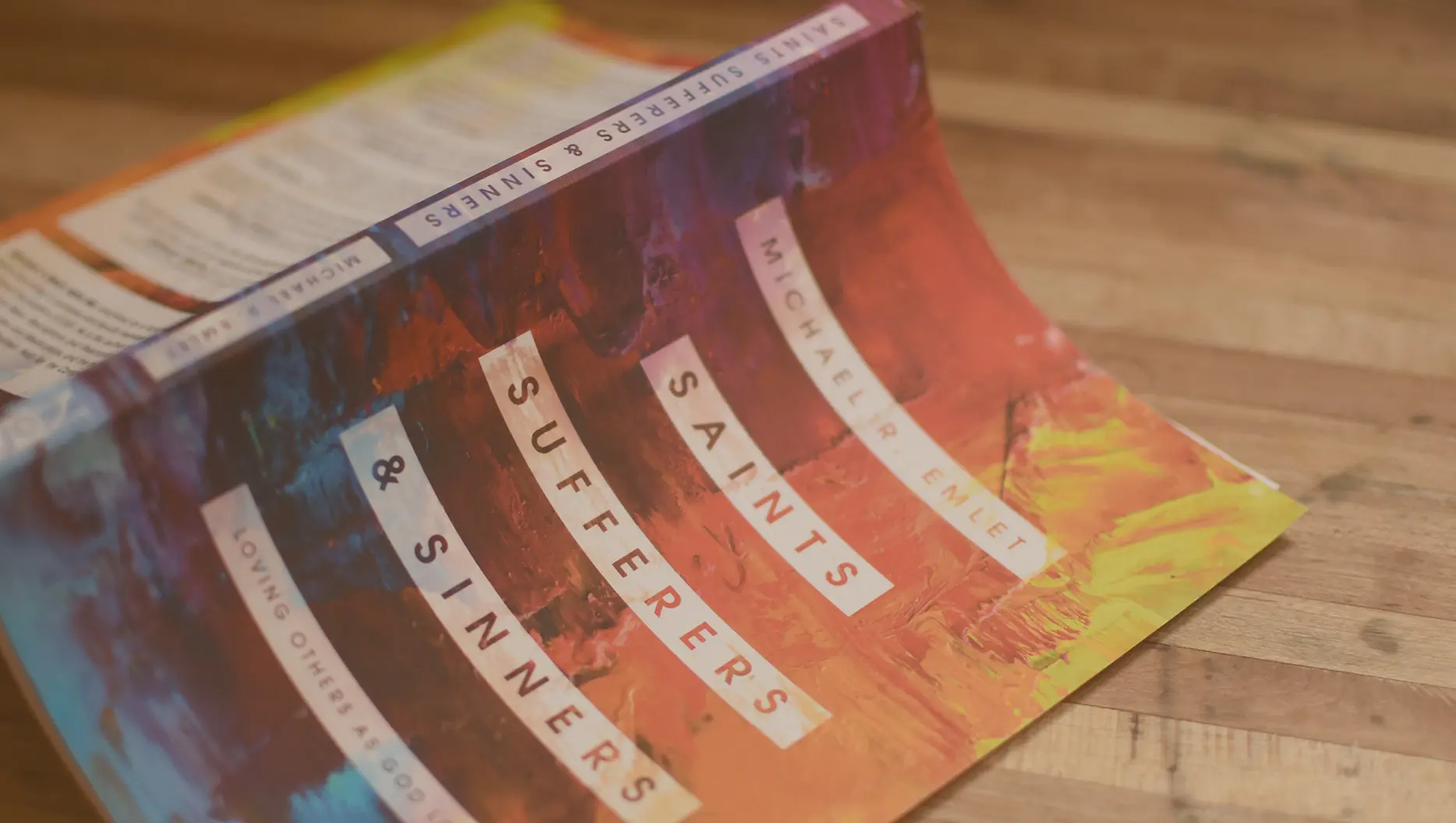A year ago today I embarked on an adventure I’d undertaken several times before—reading through the Bible in a year. The only difference this time was that I was going to read the English Standard Version (ESV). Looking back, it occurred to me that one could trace the history of the “Bible of the moment,” or at least my own spiritual history, by the order in which I’d read various versions—from the King James Version of my childhood, to the Revised Standard Version of my college years, to the New American Standard Version to the New International Version (1984) and now the ESV. I know there are some who feel very strongly that one or another is the translation, and I have my favorite(s), but what I’ve appreciated about reading various translations is that the variety helps to keep passages from becoming rote. The differences in styles and words and rhythms serve to make familiar passages fresh and others, which I hadn’t noticed previously, to jump off the page. Of course that can happen reading the same translation again and again, but at the very least, reading a new translation can help to enhance and refine your appreciation of your “go-to” version.
The challenge—whatever the translation—is to finish. Many New Year’s resolutions to read through the Bible in a year go by the wayside, likely somewhere amidst the laws in Leviticus or maybe the genealogies of Numbers. Well this year, unlike my sophomore year in college when in order to finish I read the entire book of Revelation on New Year’s Eve, I found myself hankering to finish the last chapters so much that I didn’t even wait for the last days of the year and finished early. That gave me time to consider what encouragement I might offer someone intending to take up the adventure in 2019, and here’s what I came up with:
- Read out loud, whenever possible. It’s amazing the difference it makes to hear the words of Scripture, rather than just scanning them with your eyes and “hearing” them in your head. Reading aloud, you’re more likely to use inflection that will add impact and draw out the meaning. It’s particularly helpful if you’re an auditory learner.
- Avoid turning it into a task. Reading Scripture is a way of relating to the Lord. He is revealing himself to you through his Word. You’re hearing his words to you, and he’s giving you words to speak back to him. When you approach him through reading his Word, the more you read, the more you want to read.
- When the going gets tough, keep going. This could sound like a contradiction to what I just said, but the fact of the matter is there will be passages (and possibly even entire books) that you’ll find difficult to get through, but stick with it. Remember, he’s showing you something about himself (and you) even in those passages you might (want to) skim over. So, ask yourself questions like: what does it suggest about God that he repeatedly says, “I am holy” while laying out the laws in Leviticus? And what does including long lists of individuals by name in Numbers tell you about him?
- Underline and/or highlight as you read. This past year I used two different colors. For some time now, I’ve been intrigued by the questions God asks (have you ever noticed that the first recorded words of God to man were the question, “Where are you?”), so I underlined in green every question God asks throughout Scripture. Anything else that struck me, I underlined in red. As I said earlier, God is speaking to you and giving you words to speak, so mark them in a way that you can find them and go back to them.
- See and appreciate the big picture. God shows us himself in Scripture and in particular through Jesus, his son. Scripture is his story. The Old Testament points forward to him, the Gospels introduce us to him in person, the Epistles point back to him, and Revelation looks to his coming again. By the time we come to the end, we can’t help but join our voices to the cry, “Amen. Come, Lord Jesus!”




